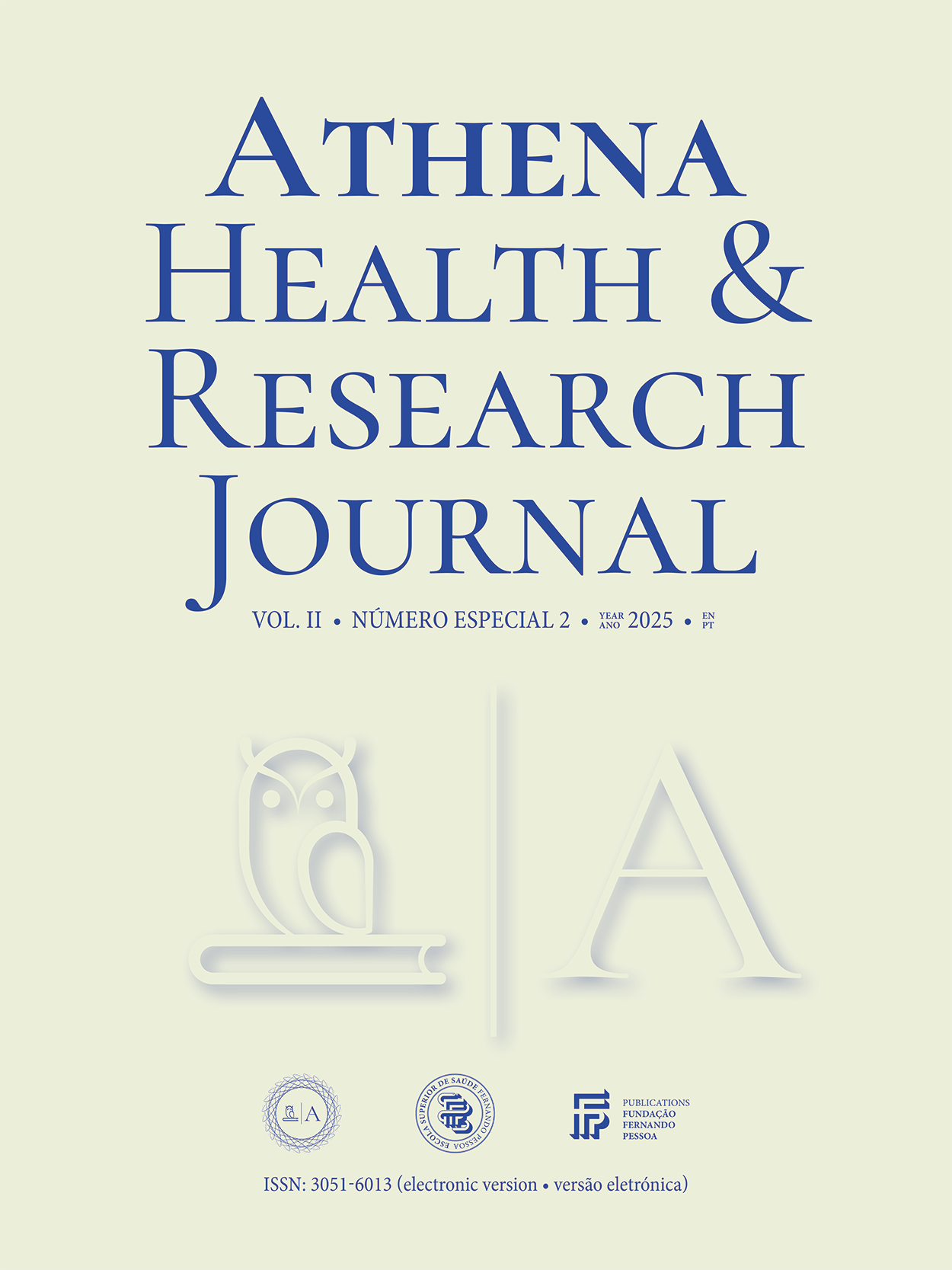Midface support as a prerequisite for lower face reconstruction: clinical case
DOI:
https://doi.org/10.62741/ahrj.v2iSuppl.%202.115Keywords:
orofacial harmonization, midface, lower face, facial rejuvenation, clinical caseAbstract
Introduction: Facial aging involves bone resorption and loss of deep fat layers, which, together with migration of superficial fat pads and excess skin, leads to tissue ptosis from the midface onto the lower face. The result is an excess of tissue volume in the lower third, often perceived by patients as aging limited to this area. Consequently, they seek filler treatments that frequently disrupt facial balance and overload the lower third.
Objective: This clinical case aims to highlight the importance of a sequential approach in orofacial harmonization, starting with the midface, to achieve more natural and balanced aesthetic results in the lower face and to reduce the risk of overfilling this area.
Methodology: A detailed review of the planning and execution of the orofacial harmonization procedures was carried out. The focus was on filler techniques applied to the midface, using hyaluronic acid to lift and support the malar and zygomatic areas. Product selection was based on the patient’s specific needs, considering the viscosity and expected duration of the fillers. Two 1.2 ml syringes of ArtFiller® Volume (Fillmed) were used. A total of 0.5 ml was injected at each Ristow point, with the remaining 0.7 ml from each syringe placed laterally to cover the zygomatic region. After supporting the midface, an additional 1.2 ml syringe of ArtFiller® Volume (Fillmed) was applied, 0.6 ml in each labiomental fold, to eliminate shadowed areas and illuminate and rejuvenate the lower face. Results were evaluated using before-and-after photographs, complemented by detailed patient feedback.
Results: A 64-year-old female patient, smoking 20 cigarettes per day, not currently taking any medication, dissatisfied with the accentuation of her nasolabial folds. The malar and zygomatic regions lacked support, with pronounced bone resorption around the orbital areas and visible infraorbital fat pads, in addition to depression of the labiomental region. Patient photographs demonstrated significant improvements in facial harmony, with a smooth and natural transition to the lower third, highlighting the effectiveness of the sequential approach. Patient feedback reported high satisfaction, noting a rejuvenated and more natural appearance without the “overfilled” look often associated with extensive lower-face filler treatments.
Discussion Sequential midface treatment is crucial in orofacial harmonization, as it enhances overall facial balance, minimizes filler use in the lower third, and ensures a natural, harmonious result.
Conclusions: This clinical case highlights the importance of reconstructing, filling, and supporting the midface before intervening in the lower third. Such sequential planning not only improves facial aesthetics but also reduces the amount of product needed in the lower third, maintaining a natural appearance and avoiding an overfilled look.
References
NA
Downloads
Published
Issue
Section
License
Copyright (c) 2025 Athena Health & Research Journal

This work is licensed under a Creative Commons Attribution-NonCommercial 4.0 International License.
Copyright of published papers is assigned to the Journal, but all content is licensed under the terms of Creative Commons Non-comercial 4.0 International License. Thus users are allowed to read, download, copy, distribute, print, search, or link to the full texts of the articles, or use them for any other lawful purpose, without asking prior permission from the publisher or the author. This is in accordance with the BOAI definition of open access.














